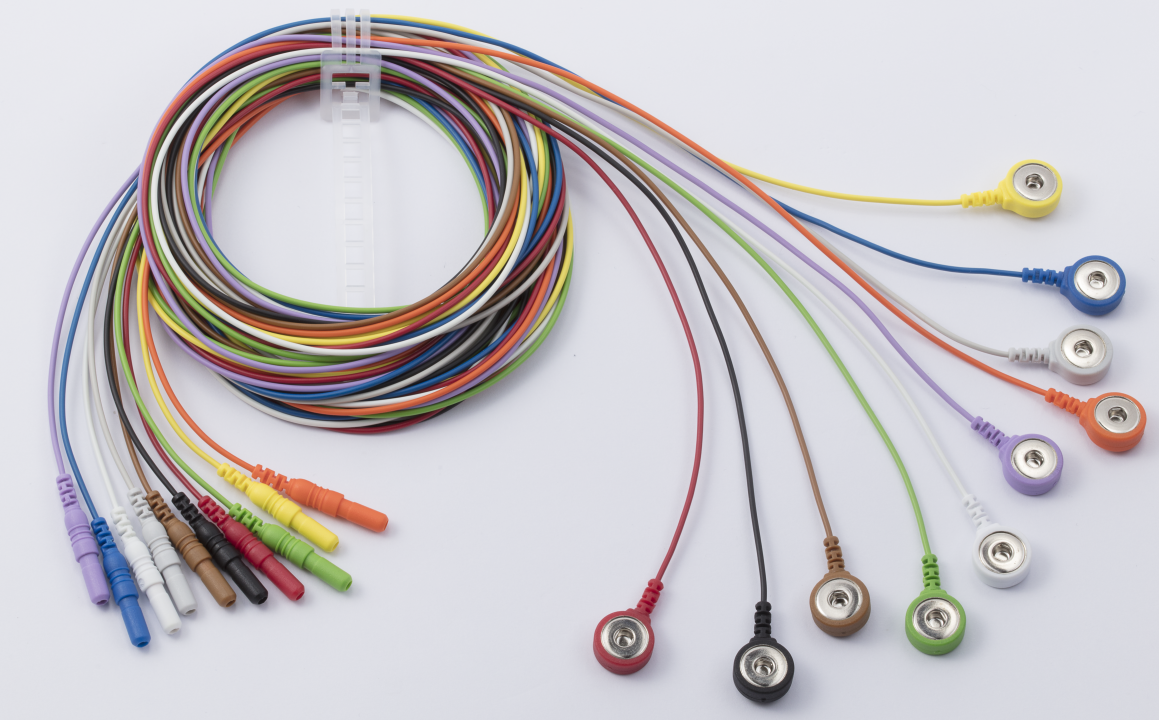Water and electricity are an indispensable part of home decoration. The quality of wires is related to the safety of our lives and property, so we must be careful when purchasing wires. So how can we choose good quality wires?
- Look carefully at the printed label. The words are blurred and the address is unclear. It means to look at the printed words on the label and the insulation sheath. If there are typos or uneven printing depths and blurred words, you should pay attention.
- Rub the insulation sheath with your hands. The color and words are lost, which is poor quality. It means rubbing the insulation sheath with your fingers. The outer sheath of some inferior insulation wires is easy to fade, especially the red wire. After rubbing, the wire sheath color is left on the fingers or the words printed on the wire sheath are wiped off, which is generally inferior wire.
- Use your fingernails to scratch or pinch the wire. If you scratch or pinch off a piece of the insulation, it is generally a low-quality wire.
- Repeatedly bend the insulated wire and it will break after three to four times. It means repeatedly bending the insulated wire. The insulation layer of low-quality wires is generally made of poor material. After bending 3 to 4 times, its insulation layer will break.
- Use fire to ignite the insulation of the wire. If it is separated from the open flame, the wire will spontaneously ignite. It means igniting the insulation layer. If it is separated from the open flame, it is a low-quality wire.
- The core of the wire is usually made of aluminum and copper, which becomes darker and less shiny. This means looking at the color of the core. The inferior wire is dark and has no metallic luster.
- Measure the inner diameter and outer diameter carefully, and look at the looseness of the skin when weighing. This means that if the above 6 methods are still not sure, you can also measure the outer diameter and core diameter of the insulated wire. The allowable error is ±10%. If the measured value exceeds the allowable error, it is basically an inferior insulated wire.


